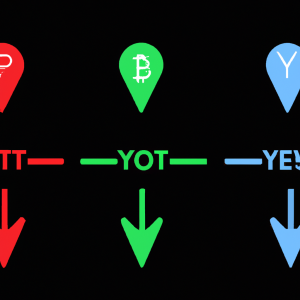
Analyzing Overbought and Oversold Conditions in Stock Trading
Understanding Overbought and Oversold Conditions
When analyzing the stock market, traders often look for signals that indicate a potential reversal in price direction. One common indicator used for this purpose is overbought and oversold conditions. These conditions can provide valuable insights into the market sentiment and help traders make informed decisions.
What are Overbought and Oversold Conditions?
Overbought and oversold conditions refer to situations where the price of a security has moved significantly in one direction, leading to an imbalance in supply and demand. When a security is overbought, it means that the price has risen too quickly and may be due for a correction. Conversely, when a security is oversold, it means that the price has fallen too quickly and may be due for a rebound.
Indicators for Overbought and Oversold Conditions
There are several technical indicators that traders use to identify overbought and oversold conditions. Some of the most popular indicators include the Relative Strength Index (RSI), Stochastic Oscillator, and Moving Average Convergence Divergence (MACD). These indicators measure the momentum of price movements and can help traders determine when a security is overbought or oversold.
Interpreting Overbought and Oversold Signals
When a security is considered overbought, it is typically a signal that the price may be due for a pullback or correction. Traders may look to sell their positions or take profits to capitalize on the potential downturn. On the other hand, when a security is considered oversold, it may present a buying opportunity as the price is likely to rebound in the near future.
Using Overbought and Oversold Conditions in Trading
Traders can use overbought and oversold conditions as part of their trading strategy to identify potential entry and exit points. By combining these signals with other technical analysis tools, traders can increase their chances of making profitable trades. It is important to remember that overbought and oversold conditions are not foolproof indicators and should be used in conjunction with other analysis methods.
Conclusion
Overbought and oversold conditions are valuable indicators that can help traders identify potential reversals in price direction. By understanding these conditions and using them in conjunction with other technical analysis tools, traders can make more informed decisions and improve their overall trading performance.

